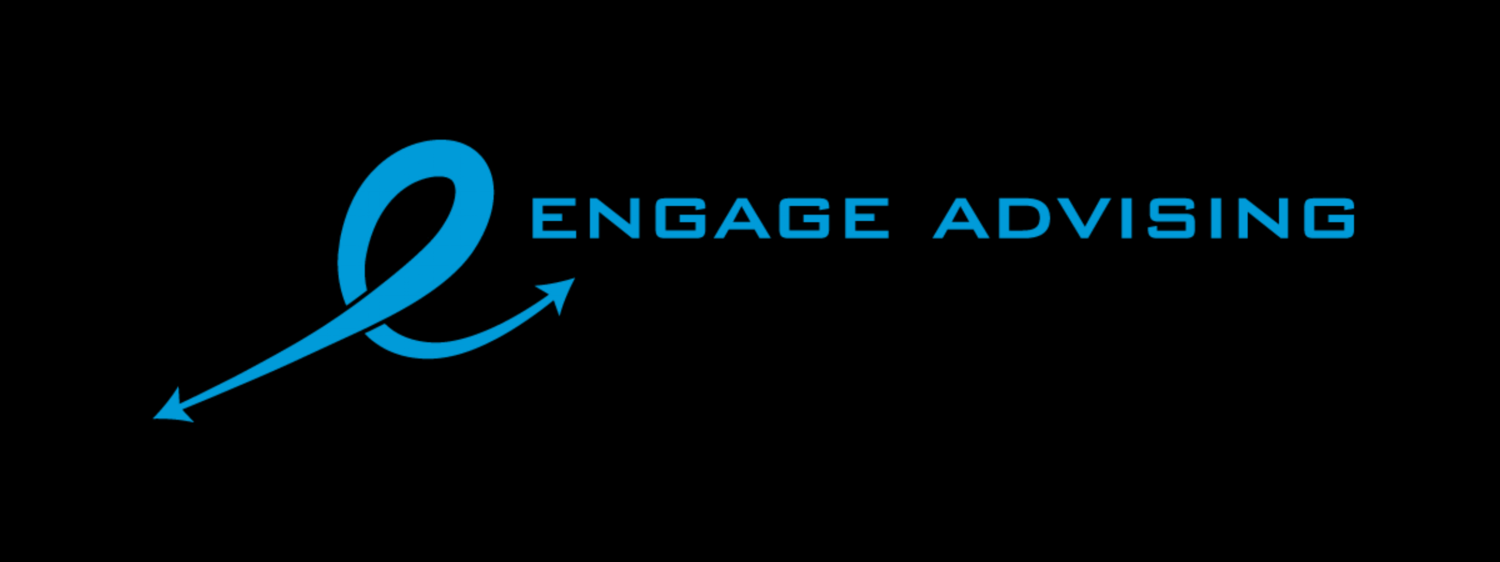This week’s blog post is more of an update on what I’ve been doing lately as opposed to a specific financial topic. Last week, I had the pleasure of attending XYPN Live 2018 in St. Louis, Missouri. XYPN Live is an international gathering of financial planners who are members of the XY Planning Network, whose members focus on fee-only planning. This year, we had attendees from nearly all US states, Canada, and our first colleagues from Australia!
Me at the opening night mixer.
The vast majority of XYPN members run their own firms as solopreneurs and are changing the way clients access financial advice. One huge advantage to being in XYPN is the fact that advisers openly share their knowledge, resources, experiences, and at times, client referrals! It’s an invigorating and fresh perspective in an industry viewed as being PMS – Pale, Male, and Stale.
XYPN Live gives attendees a chance to meet their fellow advisers who are all at various stages in their careers and share knowledge and experiences. We also meet in small groups called “Launchers” or “Mastermind” groups. Basically, when you join XYPN you are added to a small group based on where you are in your journey and your group meets once a week via Zoom to update and support one another. Upon arriving at the conference, you already have a small group of advisers that you know. It was like a reunion instead of first meeting! This approach accelerates networking and you feel as though you have always belonged.
So what else makes XYPN Live different from other conferences? For one, we have an anti-harassment policy that made headlines in 2017 when it was introduced. Harassment in any form simply is not tolerated at XYPN events. We have more women at our events! The industry has struggled adding women and minority advisers and XYPN is changing that dynamic. Content is timely and delivery is intimate utilizing roundtables and one-on-one sessions with experts. I attended roundtables on improving client deliverables, cyber security, marketing yourself, writing content for blogs, books, and newsletters, and a special roundtable on equity awards in startups.
Another feature is a targeted vendor exhibit hall limited to one day. Gone is the dreaded vendor exhibit hall that runs the length of the conference with shotgun pitches. The vendor exhibits are primarily vendors that XYPN members are already using. One nice touch is the vendor Nerd Bar where you can meet and greet your vendors and thank them for their product, make recommendations for changes (that the vendors actually listen to), or learn more about the vendor’s product you are using in a personal consultation. That is a huge benefit!
Overall, XYPN Live 2018 was a lot of fun and very beneficial. It’s also very different from other financial services conferences. I am already looking forward to next year!
#talktometuesday #CFPPro #Hireaplanner #XYPNLive #conference #goals #education










































